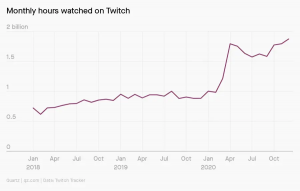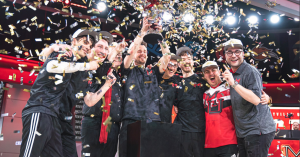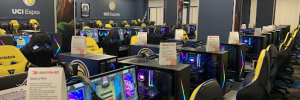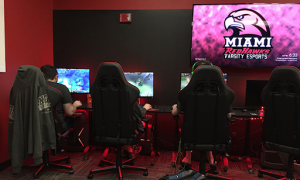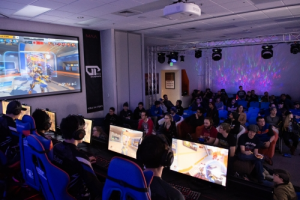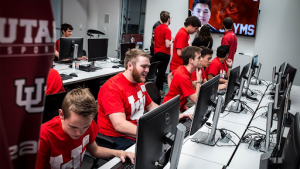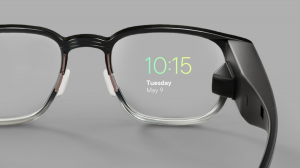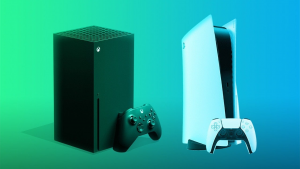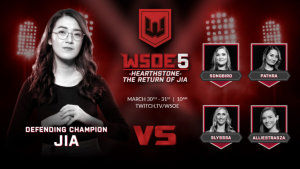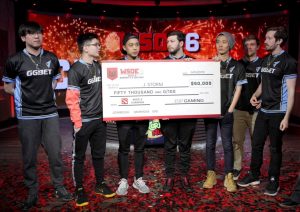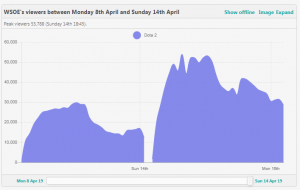CHICAGO, February 28, 2024 – Audent Global Asset Management, an advisory and investment management firm primarily serving high-net-worth individuals and family offices, has partnered with KemperLesnik for public relations, content creation, social media and event support.
KemperLesnik will work with Audent Global Asset Management (“Audent GAM”) to help grow awareness of Audent GAM’s brand and distinctive investment services among consumer and B2B audiences, primarily through a complementary mix of media relations and social media efforts ranging from executive positioning to content development to ad campaigns. The agency will also provide event support by coordinating speaking and sponsorship opportunities at regional and national events.
“We wanted a communications team with a demonstrated track record of understanding and explaining the nuances of complex industries and delivering impactful results, which is why we chose the KemperLesnik team,” said Gregg Kaplan, senior vice president at Audent GAM. “The agency’s proven expertise and thoughtful approach aligns perfectly with our objectives.”
Led by its CEO and CIO Paul Feinstein, an award-winning wealth management advisor with 25 years of experience, Audent GAM delivers holistic financial planning through custom portfolios, and three investment funds that combine traditional and alternative investments, such as options, venture capital and real estate. The firm utilizes state-of-the-art technology to construct portfolios and provides daily, active stewardship of client investments. Audent GAM also offers its technology and services as a resource to RIAs.
“Telling our clients stories, no matter the industry or the medium, is at the heart of what KemperLesnik does best,” said David Prosperi, executive vice president and managing director at KemperLesnik. “We are excited to collaborate with Audent GAM and deliver on a strategic communications plan that can help the team achieve their business goals.”
###
About KemperLesnik
KemperLesnik is a Chicago-based public relations, content creation, social media management and event support agency. Founded in 1976, it serves clients nationally and specializes in the insurance and financial services, professional services, and sports, recreation and hospitality sectors. Ranked by Crain’s Chicago Business among Chicago’s top PR agencies and recognized by PRSA for creative campaigns that deliver powerful results, KemperLesnik produces strategic business- and consumer-targeted communications programs that integrate earned, shared, owned and paid media tactics. Along with sister company KemperSportsLIVE, KemperLesnik manages media for local, regional and national events, such as the Maui Invitational. Learn more at www.kemperlesnik.com.
About Audent
Based in Los Angeles, Audent Global Asset Management is a full-service investment boutique focused on tailoring portfolios to align with clients’ individual goals for capital preservation, income, and growth. Founded in 2020, the firm’s clients range from successful individuals at the beginning of their wealth accumulation cycle to established family offices charged with pursuing multiple investment objectives. Audent uses its three flagship funds in conjunction with customized strategies to achieve their clients’ goals and objectives. Audent also helps registered investment advisors (RIAs) grow their business through access to the firm’s online platform. Visit the website and follow the team on LinkedIn to learn more.

